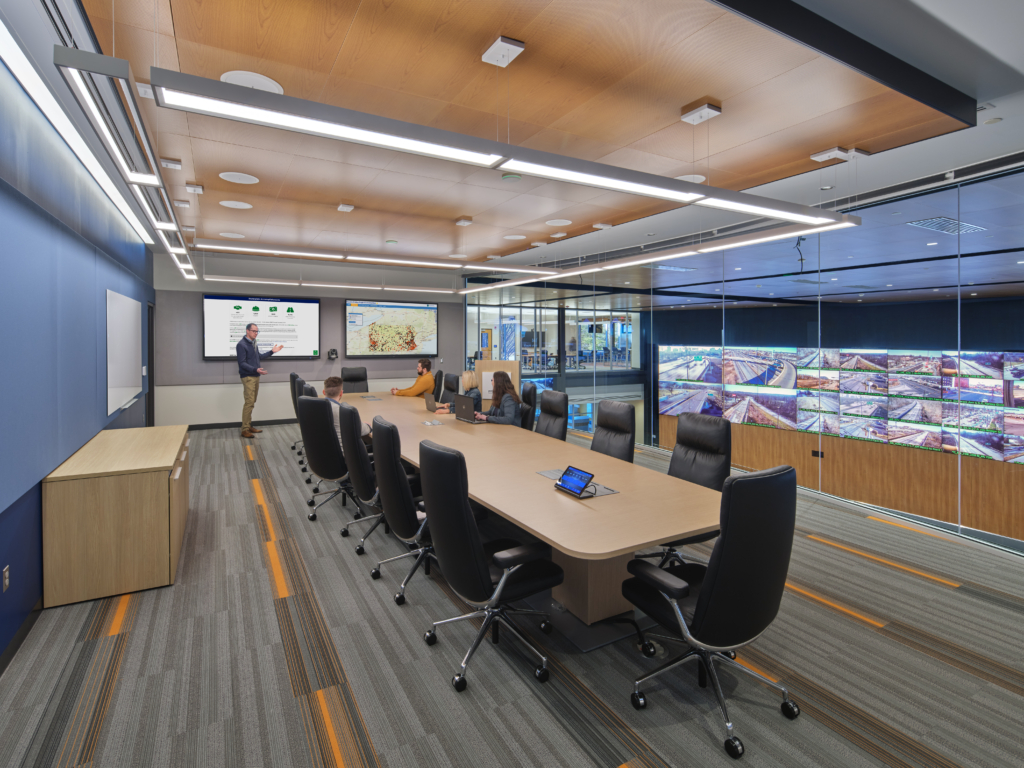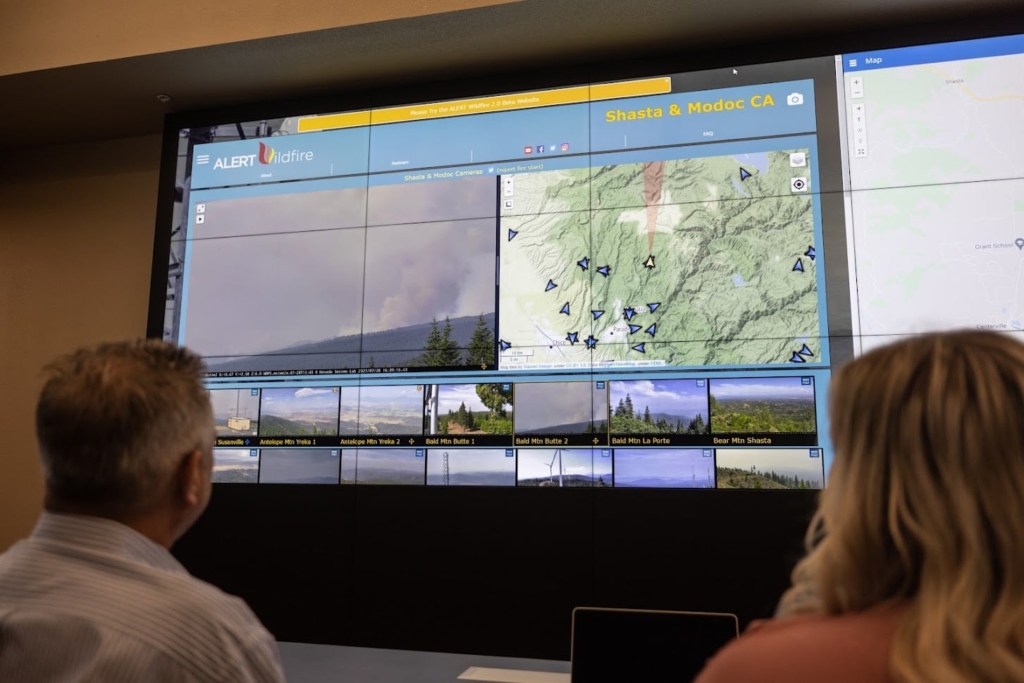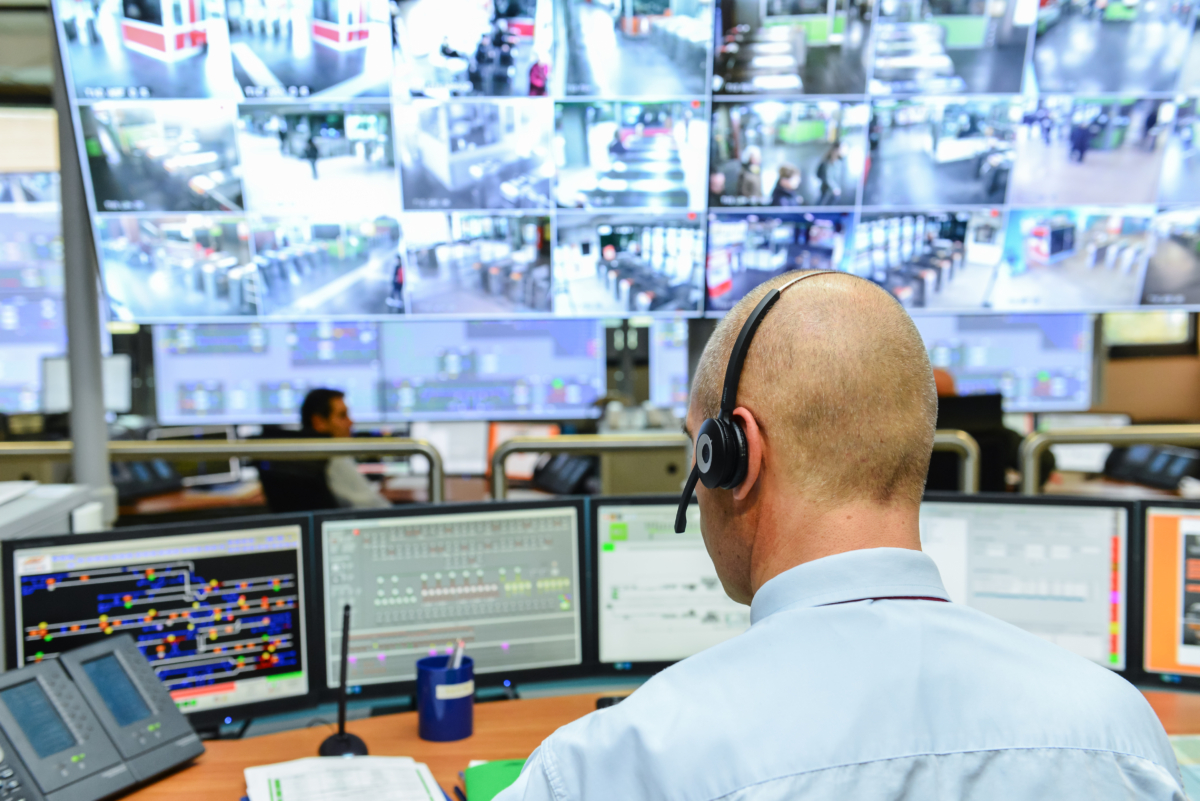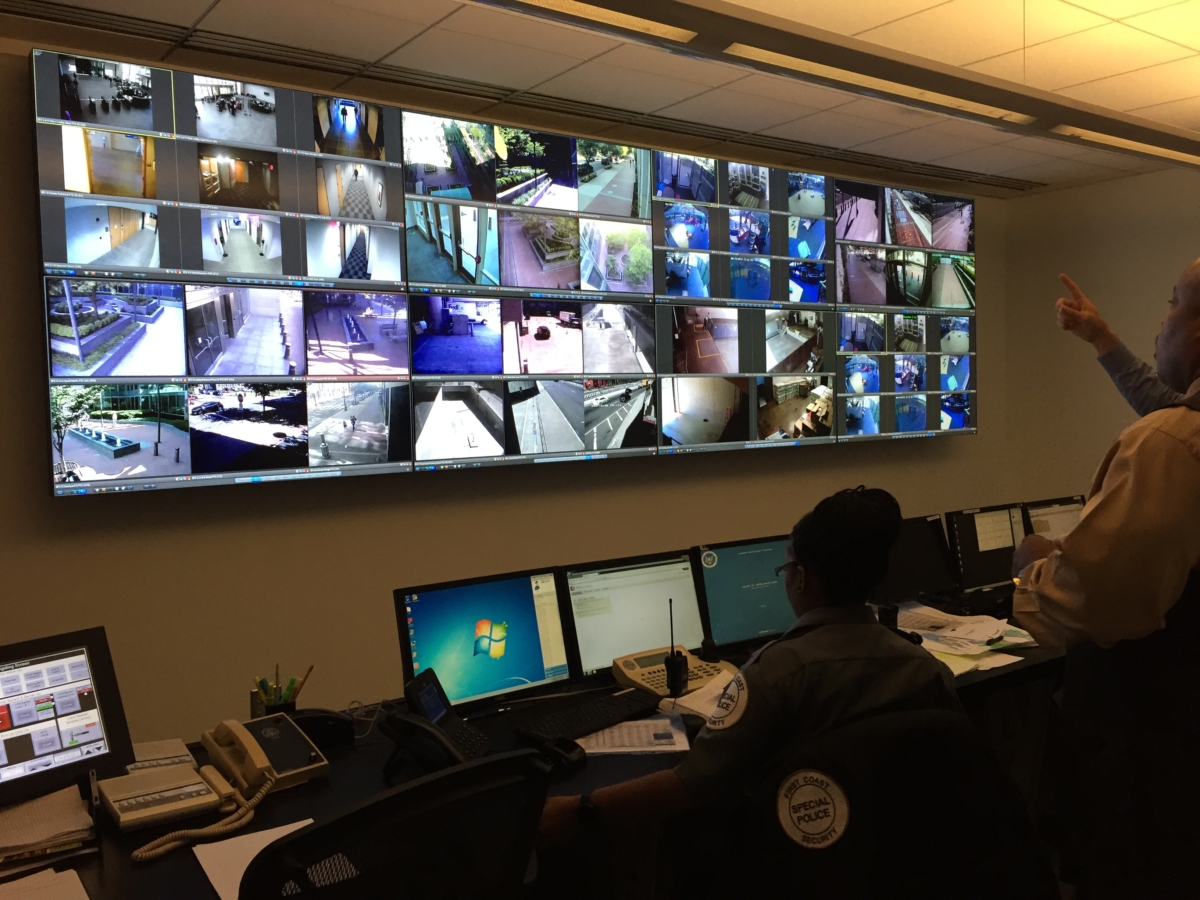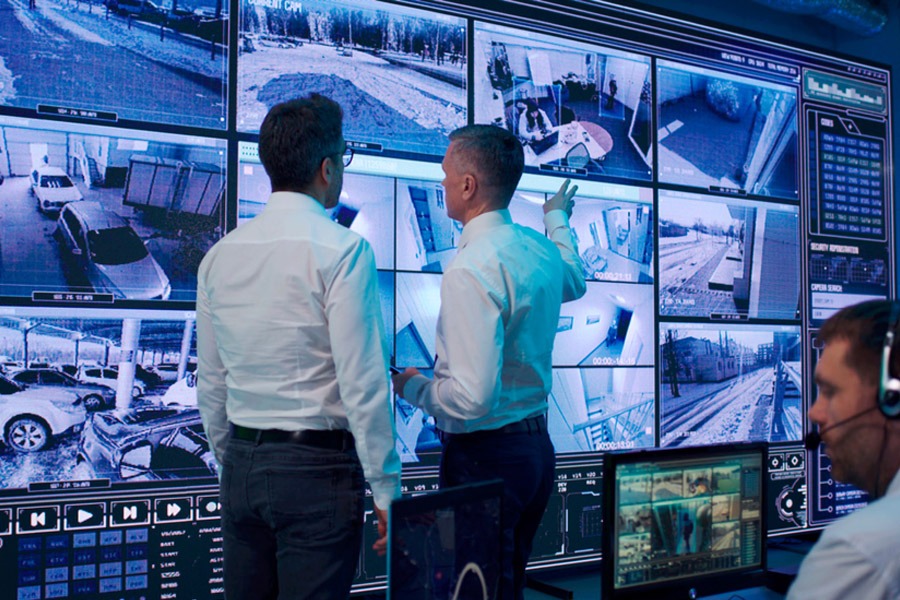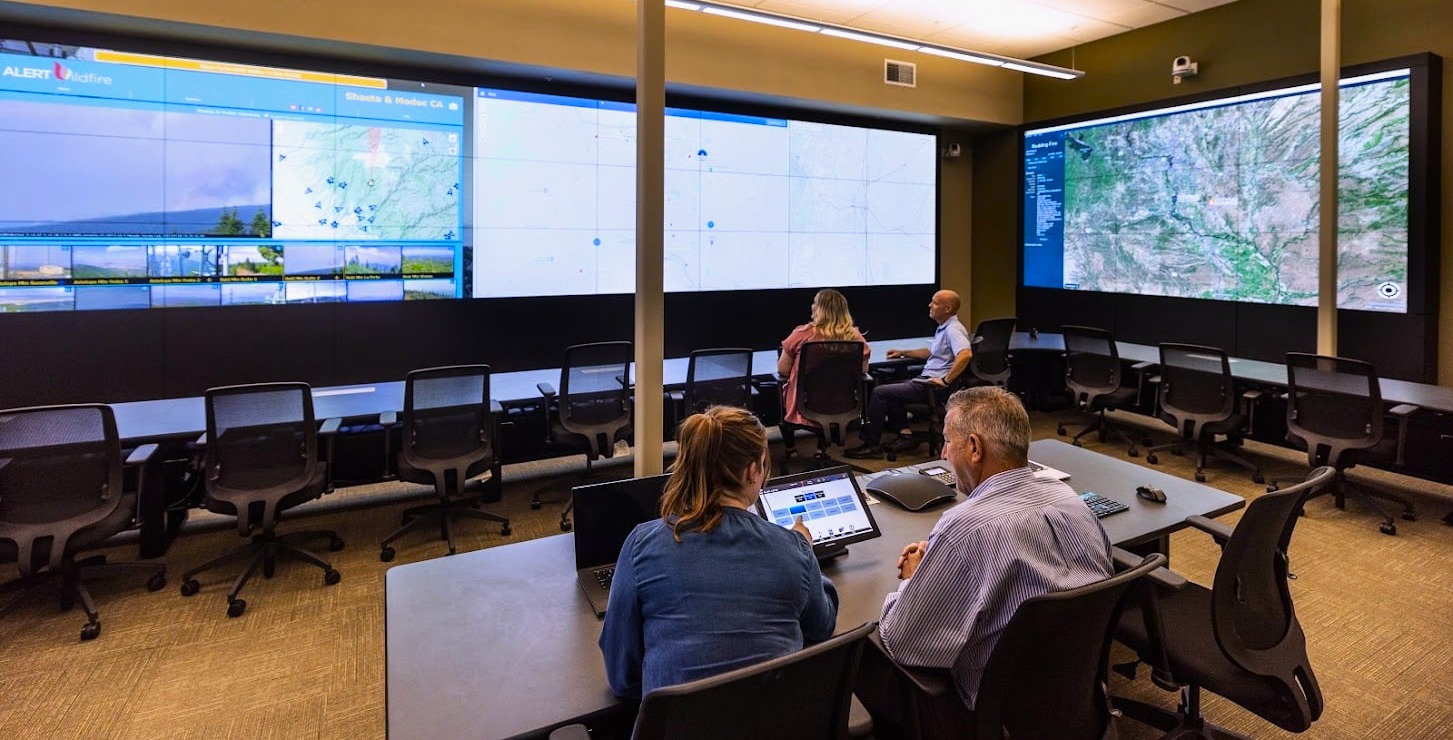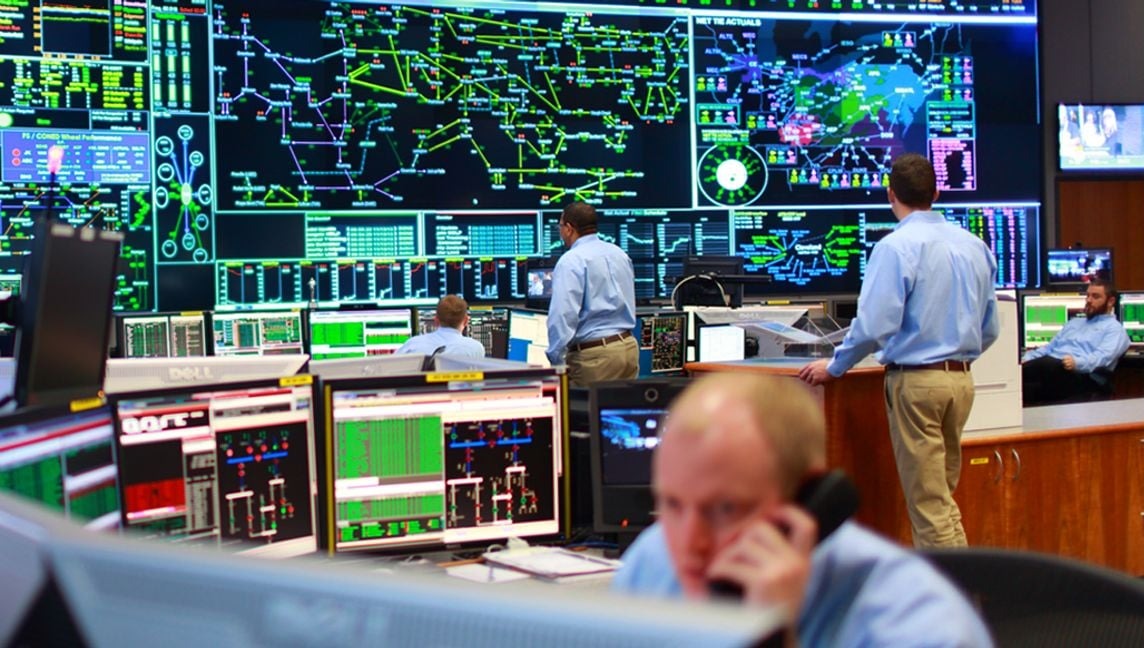
Scalable Control Center Design: Technology Planning for the Enterprise
The scope, territory, and tasks of control room operations are always changing. Thus, adaptability is key. These spaces are often the heartbeat of critical monitoring and decision-making, and they require technologies that can seamlessly grow and evolve to ensure efficiency and functional reliability. This is where scalability steps in, revolutionizing modern control room designs.
In today’s blog, we’ll dive into the importance of scalability, particularly when it comes to technology planning for enterprise-wide expansion, and how an expert integrator such as CTI can help you integrate systems that swiftly adapt to newer technologies and boost your operational success.
Dynamic Operational Needs
Control rooms are key operational hubs for various industries, from emergency response centers to command and control facilities. Their demands are dynamic and subject to frequent fluctuations and operational changes. Scalable technologies provide a pivotal advantage by allowing seamless adaptation to these evolving requirements. This means that expansions and modifications can be achieved without the need for a major overhaul, saving both time and resources.
As technologies continue to converge, from the Internet of Things (IoT) to Artificial Intelligence (AI) and Big Data, the operational landscape of control rooms is becoming increasingly intricate. Scalability addresses this complexity by enabling the smooth integration of diverse technologies. This fosters interoperability, ensuring that operators can tap into the full potential of integrated systems without constraints.
Mission-Critical Data Volume and Complexity
In the heart of control rooms lies the management of substantial volumes of complex data. This is especially true for environments dealing with real-time monitoring and response. Scalable visualization systems are indispensable in this context, as they are designed to accommodate the ever-increasing data loads without compromising performance. This means operators can confidently rely on these systems to efficiently process, analyze, and display diverse data sets in real time. It is this capability that empowers them to make informed decisions quickly and accurately, even in the face of overwhelming data.
Real-Time Collaborative Analysis
In mission-critical scenarios, the ability to collaborate and make decisions in real time is imperative. Scalable visualization systems not only facilitate simultaneous access to visual data representations by multiple operators but also offer advanced features that enhance collaboration. These may include interactive annotation tools, real-time chat functionalities, and synchronized viewports. Such capabilities empower teams to collectively analyze and respond to dynamic situations with a level of efficiency and precision that simply wouldn’t be possible with static, non-scalable systems, and they ensure that decision-makers have access to a comprehensive, real-time understanding of the situation, enabling faster consensus-building and, ultimately, more informed decision-making processes.
Flexible Display Configurations
The layout and arrangement of displays within a control room are pivotal in optimizing operational effectiveness. Scalable data visualization capabilities grant operators a level of control that is essential for tailoring the display environment to specific operational requirements. This could involve expanding the number of screens to accommodate additional information sources, such as surveillance feeds from a Video Management System (VMS), integrating touch or interactive displays for enhanced interaction, or implementing advanced visualization software for detailed analysis.
Agility in Response to Emergency Situations
When it comes to control rooms, especially those overseeing critical infrastructure or emergency response, swift and effective response is a non-negotiable feature. Scalable technologies are designed with this in mind, as they empower operators to swiftly and efficiently scale up operations during crises or high-demand situations. This means seamlessly integrating additional resources, expanding displays, and ensuring that critical data is accessible and uninterrupted at a moment’s notice.
Cost-Efficiency and Future-Proofing Investments
In an era where resource optimization is paramount, scalability offers a way to enhance your allocation of resources, avoiding the unnecessary expenses associated with overprovisioning. This means you can ensure optimal resource utilization, aligning your investments with your operational requirements.
Furthermore, planning for scalability is a wise investment in the long-term viability of control room operations, as the rapid pace of technological advancements can quickly render static systems obsolete. Scalable solutions, on the other hand, are designed to evolve with technological progress. This future-proofing not only safeguards against technological obsolescence but also minimizes the need for frequent, costly upgrades.
At CTI, we are deeply committed to helping you enhance your operation’s efficiency with a cutting-edge design tailored to your unique needs. Contact us today to discover everything our team can do to make this happen.
Talk to Us About Your Project
Too busy to chat right now?
Send us a message.

